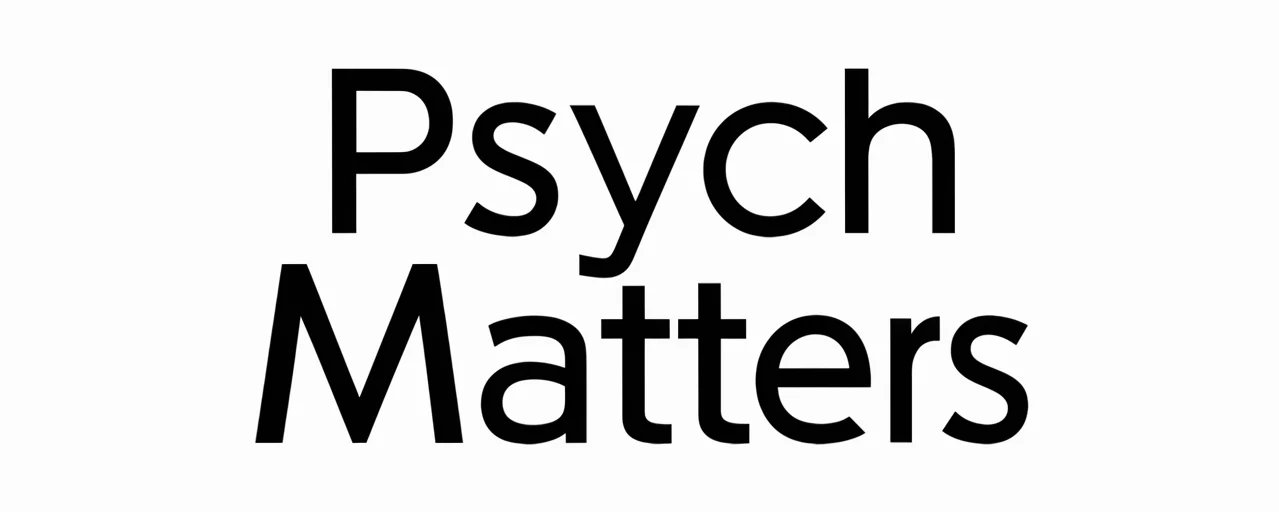Fuel for Action: Understanding Motivation and Reward Systems in Psychology
Introduction: Spark the Motivation Engine
Motivation and reward systems are central to understanding why humans initiate, sustain, and alter behaviors. Rooted in both biological and psychological processes, these systems integrate neural mechanisms, cognitive processes, and environmental influences to drive goal-directed action. Motivation psychology research has identified complex interactions between intrinsic satisfaction and external incentives, revealing that our brain’s wiring plays a pivotal role in shaping how we respond to rewards and challenges.

The Brain’s Reward Circuitry
The brain’s reward system is a network of interconnected structures responsible for processing reward-related cognition, motivation, and pleasure. Central to this system are dopamine-producing areas like the ventral tegmental area (VTA) and pathways such as the mesolimbic and mesocortical circuits. These connect to key regions involved in motivation, decision-making, and emotion—including the nucleus accumbens, prefrontal cortex, hippocampus, and amygdala.
Dopamine acts as a crucial neurotransmitter in this circuitry, signaling reward prediction and strengthening the synaptic connections that underpin learning and memory. Neuroplasticity in these pathways allows reinforcement of associative learning, bolstering behaviors that lead to pleasurable or beneficial outcomes. Importantly, the anticipation of a reward can elicit stronger dopamine signaling than the reward itself, an effect that greatly influences motivation.
Mechanisms of Motivation
In behavioral psychology, motivation is broadly categorized as intrinsic or extrinsic:

- Intrinsic Motivation: Driven by internal satisfaction, curiosity, or a sense of purpose. It aligns closely with self-determination theory, which emphasizes autonomy, competence, and relatedness as core drivers of motivation.
- Extrinsic Motivation: Influenced by external rewards such as praise, money, grades, or other incentives. This type often utilizes positive reinforcement or negative reinforcement to shape behavior.
Motivational mechanisms are often explained through reinforcement theory and conditioning principles:
- Classical Conditioning: Associating two stimuli so that one predicts the other, influencing emotional or physiological responses.
- Operant Conditioning: Modifying behavior through consequences, either by reinforcing desired actions or discouraging unwanted ones.
These reward-based learning processes activate specific reward pathways in the brain, supporting adaptive behaviors while also creating the potential for maladaptive patterns, such as addictive behaviors when the system is overstimulated.
Reward Prediction and Learning
The reward system influences behavior through a process known as reward prediction. Neurons in the system fire not only when a reward is received but also during its anticipation. According to motivation neuroscience research, this anticipation is a powerful driver of goal-directed actions.

A key concept here is the prediction error—the difference between expected and actual rewards. If the actual reward is greater than anticipated, dopamine release increases, strengthening the memory and likelihood of repeating the behavior. Conversely, if the reward is less than expected, dopamine activity decreases, weakening the association. This dynamic is vital for adaptive learning and habit formation.
- Positive Prediction Error: Unexpected rewards lead to increased motivation and stronger learning.
- Negative Prediction Error: Rewards that fall short reduce behavior recurrence.
These mechanisms explain why unexpected praise or bonuses can be more motivating than predictable incentives—a finding echoed across cognitive psychology and behavioral economics studies.
Practical Applications
Understanding motivation and reward systems provides actionable insights in domains ranging from education to clinical treatment. For instance:

- Education: Structured reward systems can improve student engagement and reinforce learning through carefully timed positive reinforcement.
- Behavioral Therapy: Targeted reinforcement schedules help replace maladaptive habits with healthier alternatives, drawing from evidence-based principles of behavioral modification.
- Addiction Treatment: Interventions can reset or reshape dysfunctional reward pathways, reducing reliance on harmful stimuli and encouraging intrinsic motivation.
As noted in motivation research, understanding how the brain integrates reward value with effort costs could lead to more precise and individualized interventions, enhancing motivation without fostering dependency on external rewards.
Conclusion: The Reward Puzzle Completed
Motivation and reward systems encapsulate a sophisticated interplay between neural activity, psychological incentives, and learned behaviors. From dopamine-driven reward pathways in the brain to the application of operant conditioning in real-world contexts, these mechanisms form the foundation of how we pursue goals, reinforce habits, and adapt to our environments. By deepening our understanding of these systems, we become better equipped to design strategies that enhance performance, support well-being, and mitigate dysfunction—completing the intricate puzzle of why we do the things we do.







